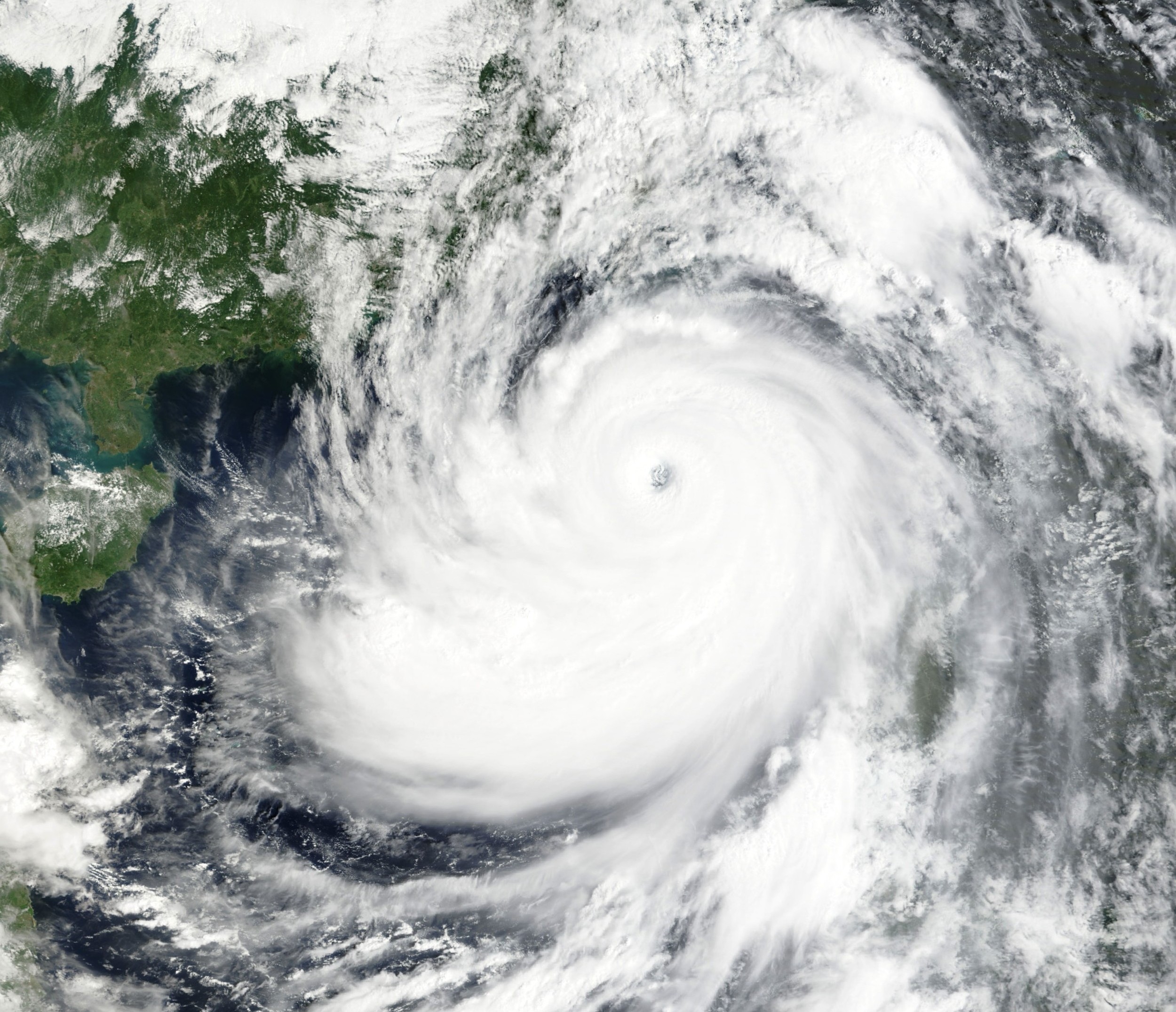Typhoon Ragasa Makes Landfall in Southern China, Causing Widespread Flooding
Typhoon Ragasa, the most powerful storm of 2025, made landfall in southern China, forcing the evacuation of over two million people and causing widespread flooding, transport shutdowns, and significant disruption across Guangdong Province and neighboring regions.

Typhoon Ragasa, the strongest tropical cyclone recorded in 2025, struck southern China after carving a destructive path through the Philippines and Taiwan. The storm made landfall over Hailing Island in Yangjiang, Guangdong Province, bringing torrential rain, hurricane-force winds, and severe flooding, according to the China Meteorological Administration and multiple international news agencies. Authorities in Guangdong described Ragasa as the 'King of Storms,' and implemented sweeping emergency measures as the typhoon approached.
Mass Evacuations and Emergency Response
Chinese officials ordered the evacuation of more than 2.16 million residents across southern provinces, with over 80,000 vessels relocated to safer waters. In Guangdong alone, the provincial emergency management department reported that at least 371,000 people were relocated as the storm neared landfall. Major cities including Shenzhen, Jiangmen, and Zhuhai suspended classes, closed businesses, and halted public transportation. In Zhuhai, all buildings over ten stories were evacuated, and rail services across Guangdong were suspended. Emergency personnel numbering over 38,000, with nearly 9,000 vehicles, were placed on standby to respond to flooding and landslides.
Widespread Flooding and Disruption
Ragasa’s landfall led to extensive flooding in low-lying areas, with streets in Yangjiang and other coastal cities left deserted as residents sought shelter. The storm’s powerful winds and heavy rainfall caused significant damage to infrastructure, including power outages and transportation shutdowns. The Hong Kong Observatory issued its highest wind signal, Hurricane Signal No. 10, for the second time this year, and Hong Kong International Airport suspended most passenger flights for 36 hours, marking the longest closure in its history. Airlines relocated aircraft to avoid storm damage, and hundreds of flights were canceled. In Macau, authorities issued red storm surge warnings and ordered evacuations in vulnerable districts.
Regional Impact and Ongoing Risks
The effects of Typhoon Ragasa were felt across the region. In the Philippines and Taiwan, the storm caused at least 25 fatalities, 143 injuries, and left 46 people missing after severe flooding and landslides. As Ragasa moved inland over southern China, authorities in Vietnam also evacuated thousands of households in anticipation of heavy rain and potential flooding. Meteorologists warned that the storm, while weakening slightly after landfall, continued to pose risks of flash floods and landslides in southern China and neighboring countries.
According to NASA’s Earth Observatory, Ragasa’s rapid intensification and sustained Category 5 strength made it the most intense storm of the year, breaking a period of relative quiet in the northwest Pacific typhoon season. The storm’s impact has led to widespread disruption of daily life, with cleanup and recovery efforts expected to continue as authorities assess the full extent of the damage.
Sources
-
Wikimedia Foundation, Inc...
Typhoon Ragasa
-
nasaearth
Ragasa Steers Toward China
-
CNN 10
Asia prepares for the most powerful storm of 2025...
-
TIMES NOW
Typhoon Ragasa: Monster Waves Scare China, 3K+ Peo...
-
english.www.gov.cn
South China goes all out, bracing for super typhoo...
-
The Independent
Typhoon Ragasa live tracker: Hong Kong braces for...